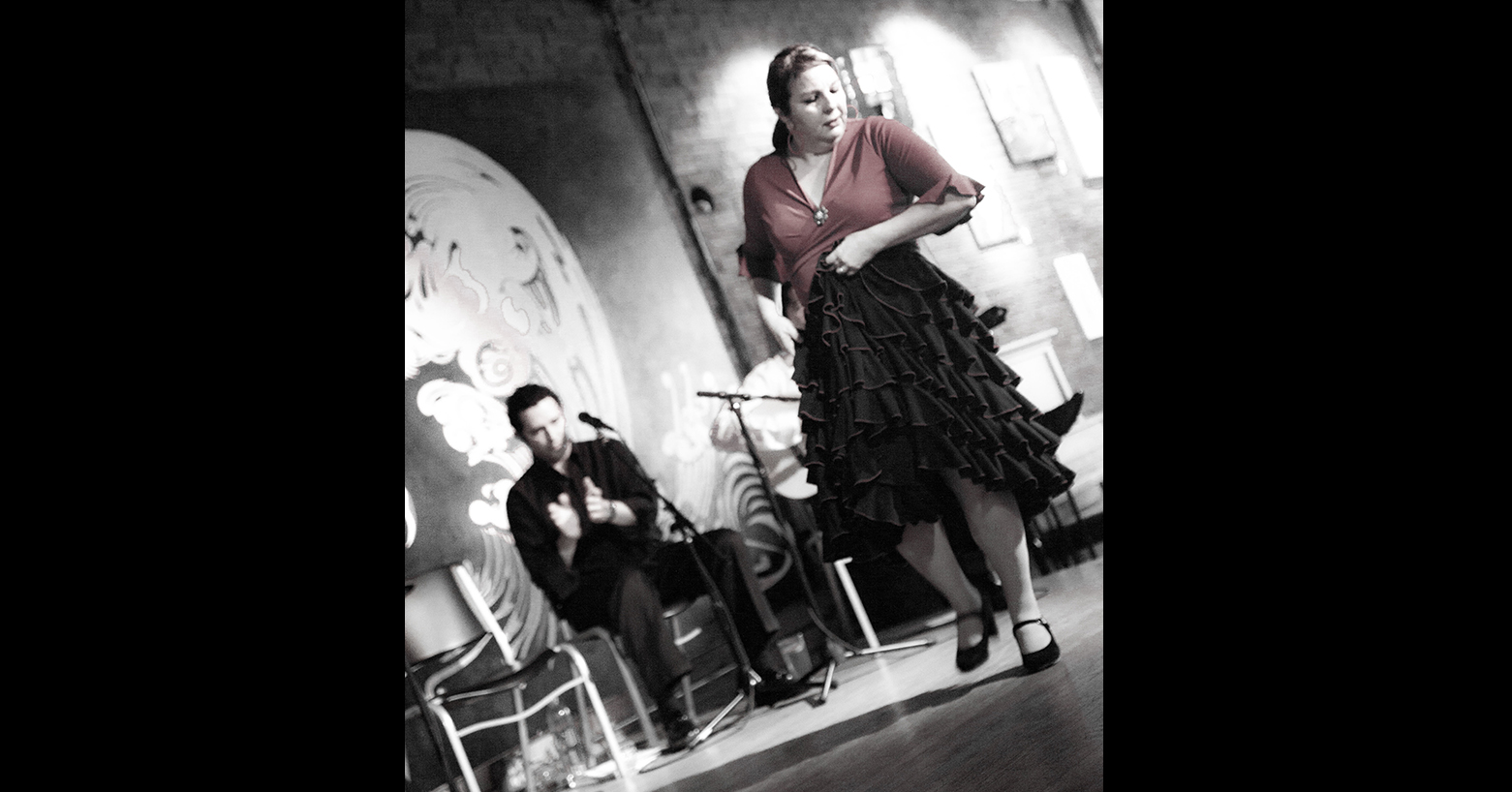Ever wonder what our theater looks like when it’s empty?
The lone light bulb standing at the center of the stage looks very eerie, doesn’t it? It has an equally eerie name: “ghost light”.
Nearly every theater has this light, and The Lincoln Center is no exception.
But why do we have one? Some say ghost lights are used because theaters are filled with ghosts, and the only thing that keeps them from making mischief in the dark is the light. Others suggest the light is actually meant to keep ghosts happy by illuminating a safe path for them to cross the theater.
The real reason is probably more practical. Even when a show isn’t going on, stagehands still need to get to different areas on the stage. The ghost light ensures that no one falls off into the orchestra pit, trips over the soundboard, or walks into a wall.
As practical as that seems, the actual origins of the light is as elusive as the ghost for which it is named. Some, like James Fisher in the Historical Dictionary of American Theater: Beginnings, suggest that ghost lights started as dimly-lit gas lights that were kept on to relieve pressure in the gas valves (theaters had been known to blow up due to gas pressure). There are also tales that candles were used as early as Shakespearean days to either placate ghosts or to discourage burglaries by making it seem as if someone was there.
There may not be any ghosts at The Lincoln Center, but we will keep the ghost light powered. Not only for our stagehands but just in case a friendly spirit needs a light as well.
